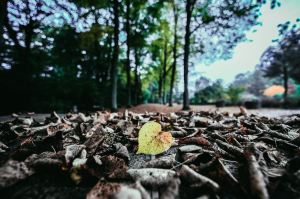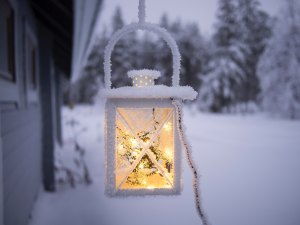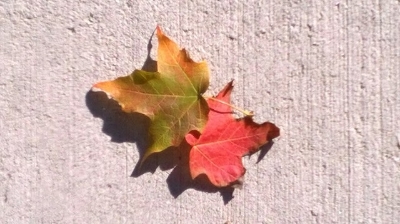As I write this, it’s a rainy fall day and drops are pelting the bedroom window. The change in seasons has got me pondering my own, internal seasons. How often do we forget that, as humans, we are part of the natural world, and we, too, have seasons and cycles?
Too often I hear from my coaching clients that they haven’t taken a real vacation in years, that they keep putting off allowing themselves rest and downtime for when they’re “less busy” (and that time never seems to arrive!), or that when they do give themselves time off, they still feel burdened with everything they “should” be doing.
And I really hear this, because after more than two decades of serious devotion to my own self-care, I too struggle with giving myself true, dedicated downtime, with really allowing myself to deeply pause and acknowledge where I truly am in my life and what my needs are in this season.
We need to exercise our self-compassion muscles here, because very likely (whether you are U.S.-based as I am or not) the prevailing culture does not support you in taking deep and discerning care of yourself — particularly if you have needs that cause you not to fit neatly into the dominant paradigm. And let’s face it: that’s just about everyone at some point in their lives.
***
This morning I went for a walk and saw, in the window of the gray house three doors down, a long-haired white cat peering lazily at me, chin resting on the window sill, seemingly mid-nap but doing that half-open-eye thing cats do where they’re between worlds, not awake but not fully asleep, and yet somehow totally aware of their surroundings. Whenever I see this cat it is in a state of repose, reminding me that I can always access stillness, no matter what is going on in my world, in the world.
The quality of my being changed as soon as I saw the cat — I am often in a bad mood when I head out for my morning walk — and I began to notice yellow leaves floating to the sidewalk, jack-o-lantern decorations strung along a balcony, a vintage-looking cardboard witch with a purple hat on someone’s front door, and an unseasonably humid breeze hitting my face like warm breath.
If, like me, you are an introvert (and a Myers-Briggs “N” type), a regular process of noticing your surroundings, of using your senses to engage with the world, can be truly grounding and stabilizing. Noticing the “external landscape” can also balance your tendency to delve inward and be in your “inner landscape” a lot.
At the other end of the spectrum, if you feel a frenetic kind of busy-ness in your life that never seems to end, you may need to give yourself permission to access your inner world, your inner landscape. (This used to be me, an introvert who wouldn’t allow herself the gifts of introversion!)
If you identify as an introvert, or a highly sensitive person, you will suffer if you are too externally-focused for long periods of time, just as you can go to the other extreme and sometimes delve for very long periods in your inner world. (Elaine Aron, in her book The Highly Sensitive Person, calls this the dilemma of “too in or too out”, and I often see my highly sensitive clients struggling here.)
Finding this balance is not necessarily easy, but there is a simplicity to it, and that often has to do with choosing one thing — a morning walk, a meditative drive, working in your garden, twenty minutes with your journal (writing by hand), a yoga routine — which involves the body, the breath, and noticing. In this way we connect with our physical selves, our emotional selves, and what we see around us. It’s a way of integrating our internal and external landscapes, so we feel more connected to our essential selves and to the world.
Reading books that help us do this is a great practice too. Poetry can be brilliant at this — connecting images, what is seen and sensed, to our internal landscapes. A friend of mine shared that knitting brings her to this space of integration of inner and outer worlds.
A regular practice of noticing also brings us to the present moment, the only moment in which we have true agency and true connection to who we are, right now (the “us” of the past is no longer here, and “us” of the future doesn’t exist yet — but how often are we experiencing stress because our minds are in the past or the future?).
If you are feeling overwhelmed, overstimulated, ungrounded (or simply grumpy as I am in the morning!), what regular practice can bring you to engagement and connection with the present moment? It may take some testing and trying, but I encourage you not give up, and give it a chance to take hold. (This means trying it out for more than a few minutes once every few months! Maybe aim for twenty minutes several times a week, and see what happens.)
On that note, Happy Fall (my favorite time of year!)! What does this new season bring for you in terms of caring for your sensitive self? What practices support you here? I’d love to hear from you.
Want to stay connected? You can sign up for my monthly-ish Artist’s Nest Newsletter, here.
Need support in taking care of your unique and sensitive self while making your creativity a priority? You can learn more about the ways we can work together, here. Wondering if we’re a fit? You can learn more, here.
Above cat image by Tina Rataj-Berard on Unsplash
















